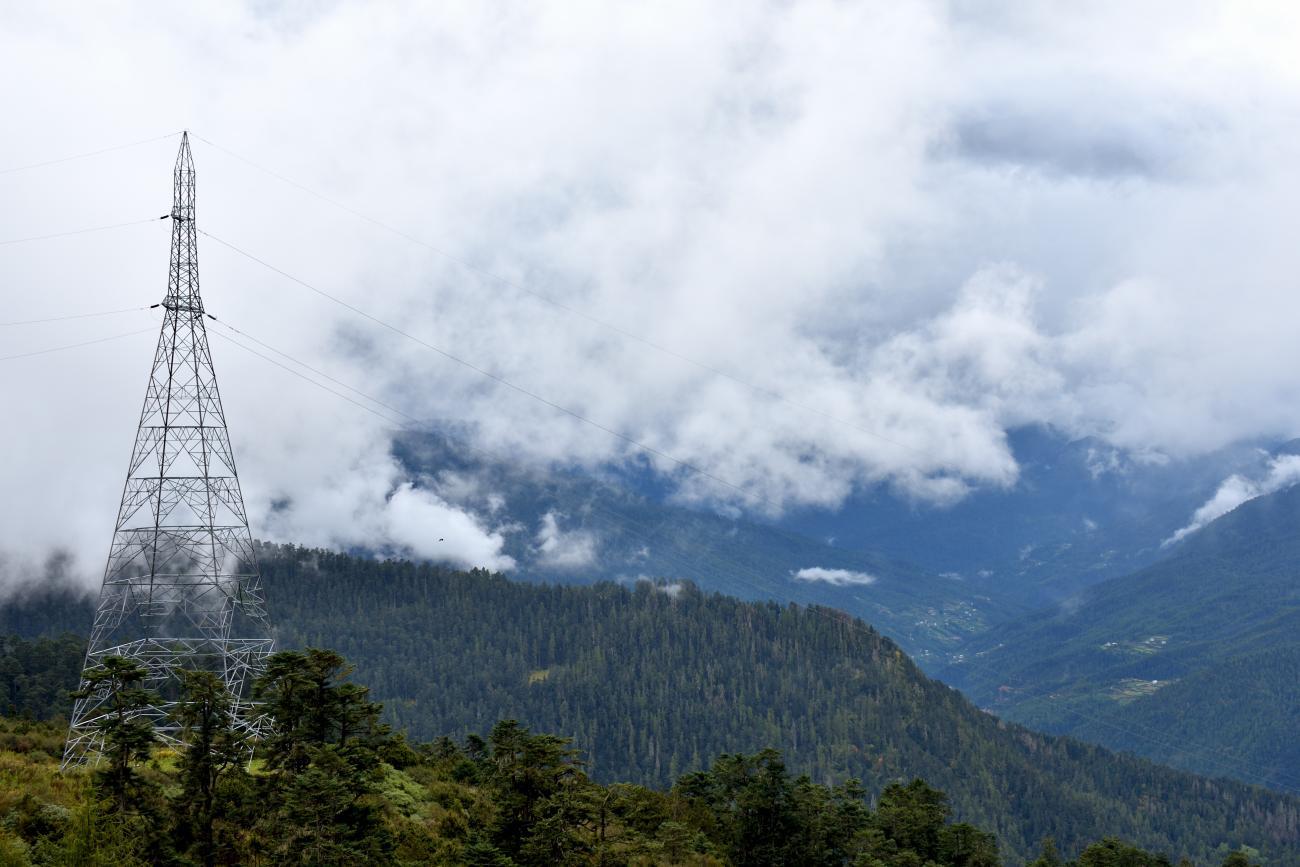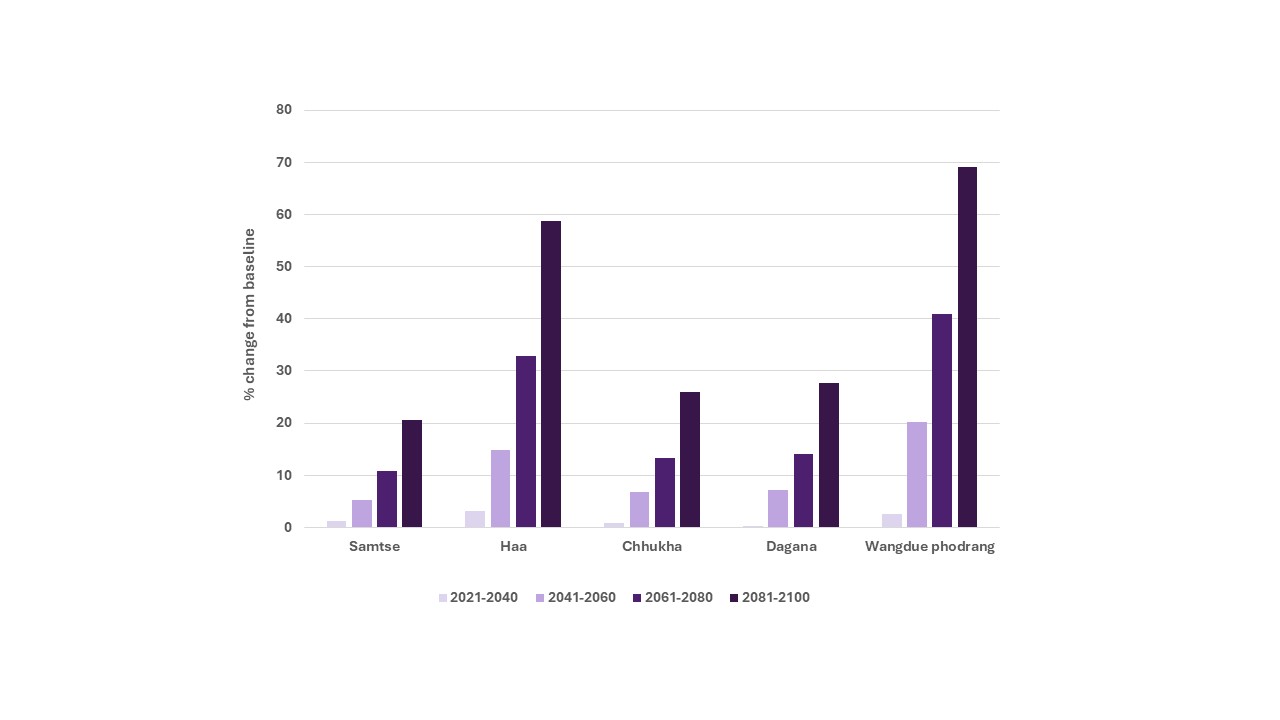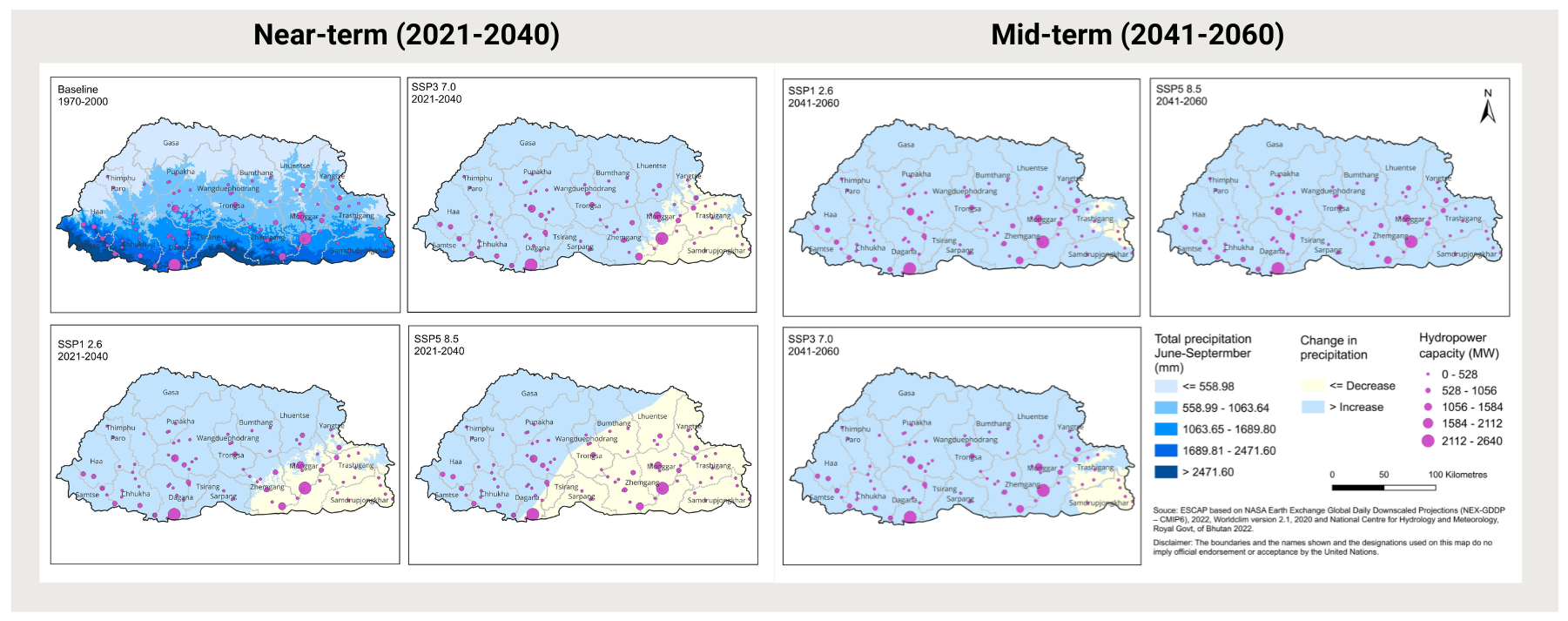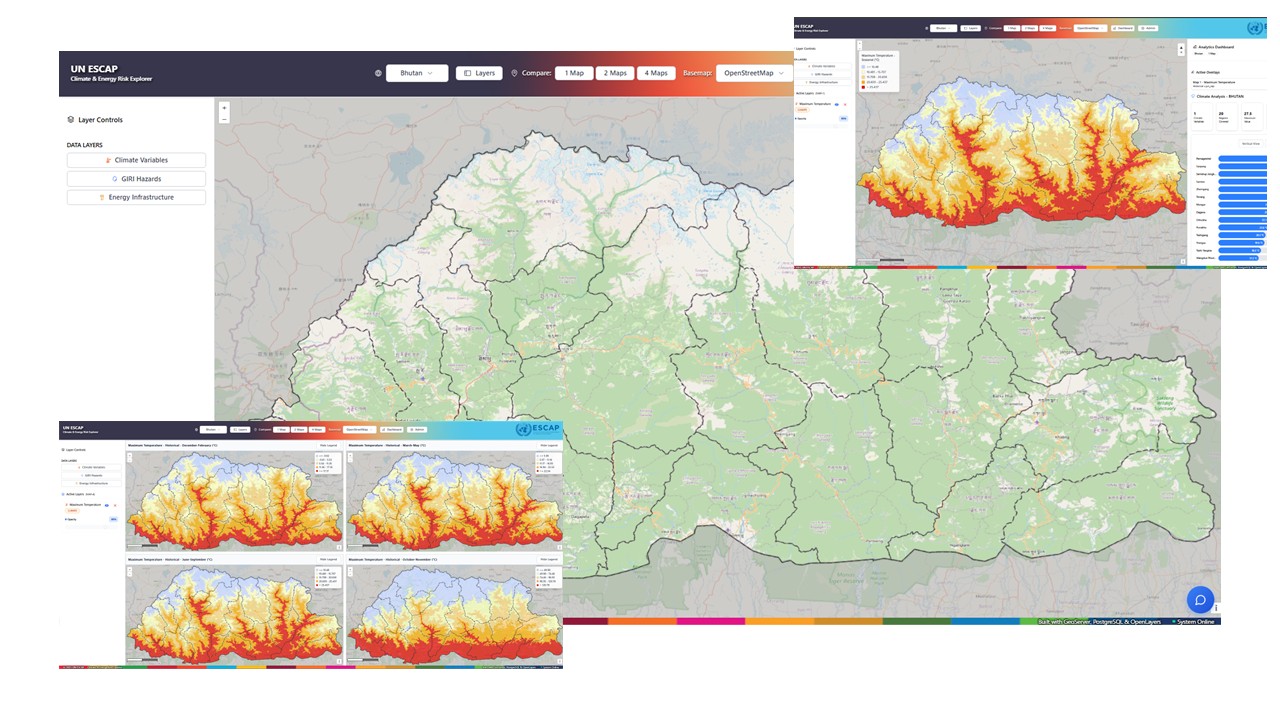
SATV Kathmandu Oct 31: The Himalayan arc from Bhutan through Nepal and India into Pakistan has always followed the rhythm of the monsoon. In 2025, that rhythm became deadly. Rain that sustains agriculture and rivers turned destructive, testing the capacity of mountain systems built on fragile terrain and limited redundancy.
Unusually heavy rainfall and a glacial lake outburst flood inundated Punjab province and Gilgit-Baltistan in Pakistan in mid-September 2025. Thousands of lives were lost and millions of hectares of cropland destroyed, with estimated losses reaching forty billion dollars. Between June and October, floods and landslides in Himachal Pradesh and Uttarakhand swept through valleys, taking with them bridges, homes, and hydropower plants. Entire districts lost power as key transformers and dams collapsed.
As the season advanced, Nepal and Bhutan were next. Weeks of continuous rain caused floods and landslides in places that had never known such hazards. Power lines, bridges, health facilities, and schools were damaged, cutting off remote areas and slowing relief access.
Bhutan's energy crisis
Bhutan’s hydropower network, which supplies electricity domestically and to neighbouring regions, shut down after continuous rain and flash floods on 4–5 October 2025. Five plants, Tala, Suchhu, Dagachhu, Punatsangchhu-II, and Chhukha, were forced offline. A low-pressure system drawing moisture from the Bay of Bengal brought intense rainfall that triggered landslides and river surges in Samtse, Chhukha, Haa, Paro, and Thimphu. When the Wangchhu River overflowed after a dam-gate malfunction at Tala, power supply faltered nationwide. The outage spread to transport, communications, health, and education systems.
The IPCC Sixth Assessment Report projects heavier precipitation across the Himalayas through this century. An ESCAP supported climate-projection study from Bhutan’s National Center for Hydrology and Meteorology confirms this trend, indicating that annual and summer monsoon rainfall will intensify, especially in Samtse, Chhukha, Haa, Dagana, and Wangdue Phodrang (Figure 1). Nearly sixty per cent of existing and planned hydropower capacity lies in these flood-prone districts. Under worst-case conditions, rainfall may increase by up to one hundred millimetres during monsoon months (Figure 3). Using GIRI flood-hazard models, ESCAP found that these plants face both rare, high-intensity floods and frequent, severe floods under the SSP5 (2061–2100) climate scenario.

Figure 1 Per cent change in precipitation June-September under SSP5 8.5 climate scenario (Source: ESCAP authors)

Figure 2 Exposure of hydropower plants to monsoon rainfall under different climate scenarios (Source: ESCAP authors)
Risk Information for resilient systems
The 2025 monsoon season has made clear that climate projections have moved from anticipation to reality. Building resilience now depends on decisions guided by risk information rather than by precedent. Multi-hazard early-warning systems are one of the most effective measures. Under the Early Warnings for All (EW4All) initiative, the first pillar focuses on accessible and actionable disaster-risk information.
ESCAP supports this work by helping countries such as Bhutan carry out detailed risk assessments of critical sectors. Using one-kilometre-scale climate projections and hazard models, analysts identify hotspots and measure exposure of hydropower assets to extreme rainfall. The evidence directly strengthens the first pillar of EW4All. Studies show that investments in early warning can return value many times over and substantially reduce vulnerability.
Transformative adaptation
As climate risks cross sectoral boundaries, conventional planning that treats energy, water, transport, and communications separately becomes ineffective. Transformative adaptation calls for systems thinking that recognises these interconnections. Energy, as the central link among essential services, must be protected through strategies that consider dependencies and joint vulnerabilities.
Key principles include identifying critical infrastructure according to national and local priorities, integrating energy resilience into disaster-risk-reduction plans, improving coordination between sectors and governance levels, promoting private-sector engagement through incentives and standards, ensuring open access to climate-risk data, and strengthening technical capacity through training.
ESCAP is helping Bhutan apply these principles at the district level. Training and data-sharing initiatives allow local officials to analyse exposure and vulnerability and design actions that connect rather than isolate sectors. The result is not only stronger infrastructure but more coherent governance of risk.
Technology and data for decision-making
Sparse weather-station coverage and rapidly changing mountain conditions make forecasting difficult. Advances in geospatial analytics, remote sensing, and artificial-intelligence forecasting can close these gaps. Early-warning systems that combine these tools provide near-real-time insights for infrastructure design and emergency response. Embedding such analytics into energy grids, transport corridors, and water systems strengthens both physical resilience and operational continuity under stress.
ESCAP is creating a digital climate-risk tool for the energy sector under the Risk and Resilience Portal demonstrating this approach (Figure 3). The platform, to be showcased at the ESCAP Disaster Resilience Week integrates climate projections, exposure data, and infrastructure maps into interactive visuals and automated reports that guide planners and policymakers. New capabilities in machine learning will increase its flexibility and automation, allowing governments to link climate data directly to investment and maintenance decisions.

Figure 3 ESCAP energy tool (Source: ESCAP authors)
Looking ahead
The recent floods are a signal of how climate change reshapes risk across connected systems. The challenge extends beyond the Himalayas. Urban heatwaves, coastal inundation, drought-driven power shortages, and infrastructure failures now interact across the region in complex ways. Each event exposes how economic growth depends on systems built for a more stable climate.
Addressing this requires institutions capable of translating science into coordinated action. Data and analytics must inform planning from the start, and cooperation across borders will determine how effectively countries adapt.












